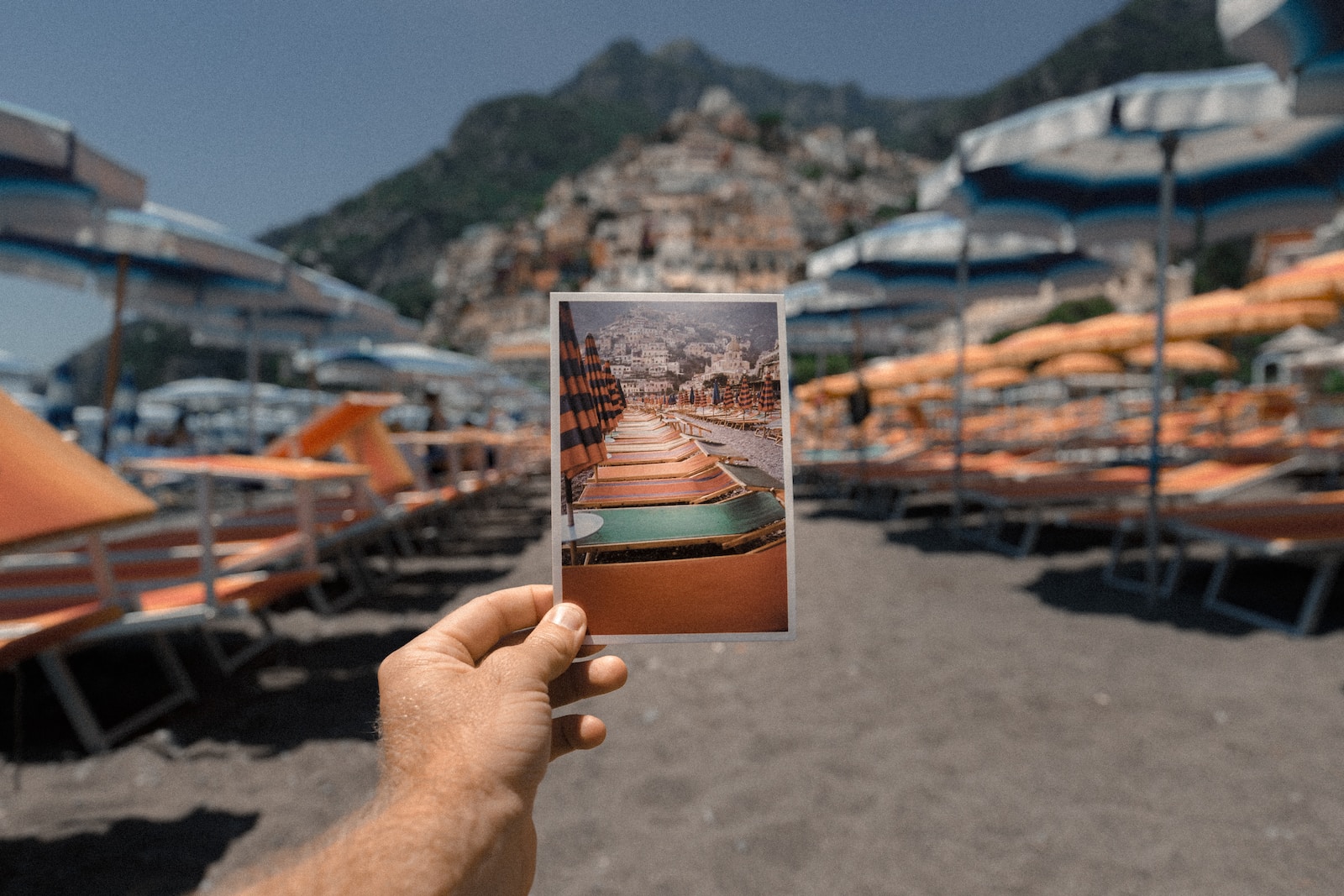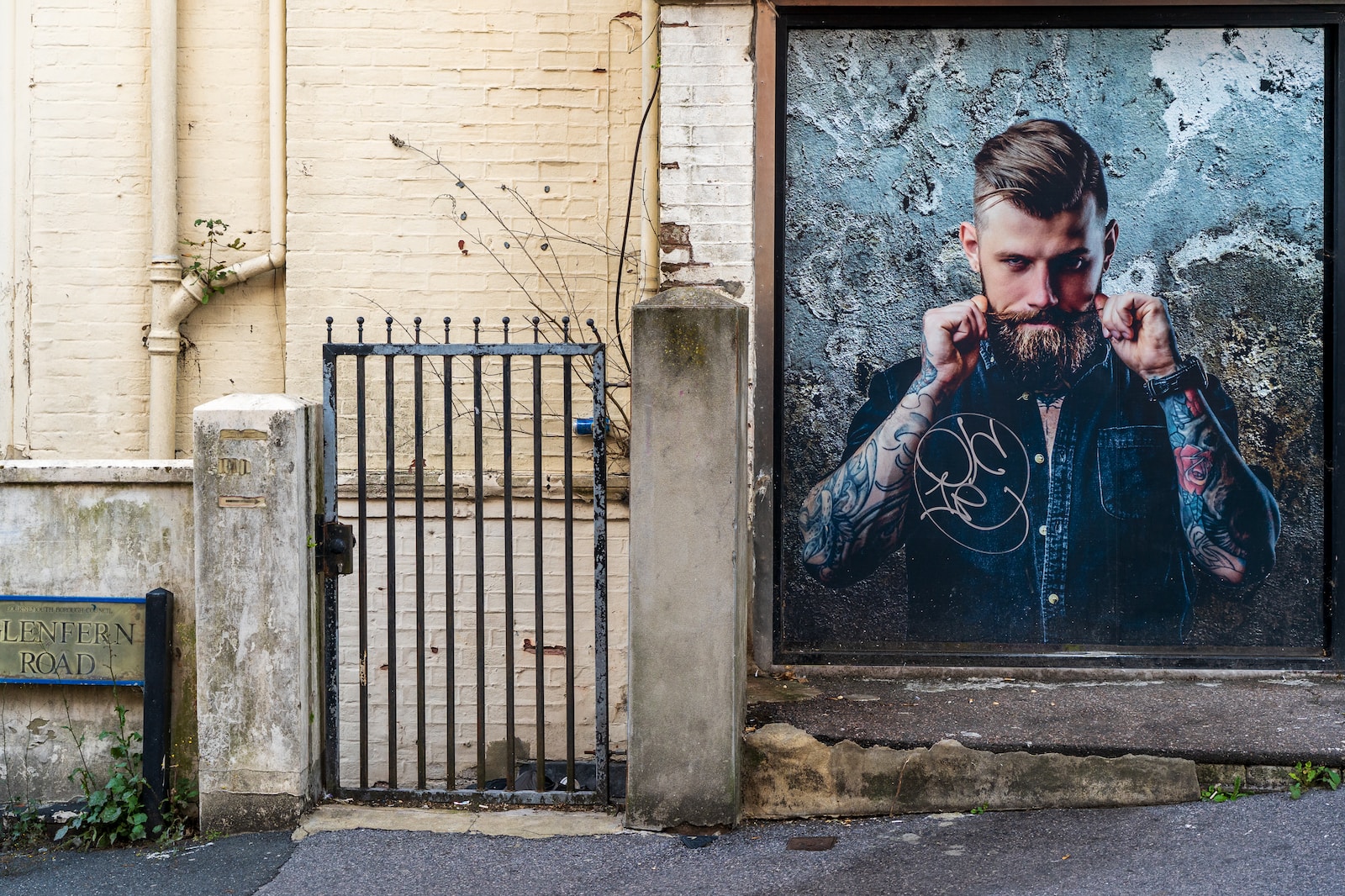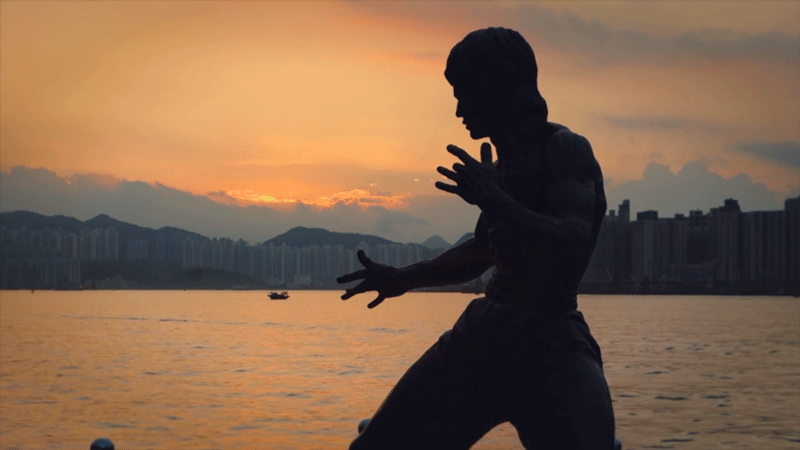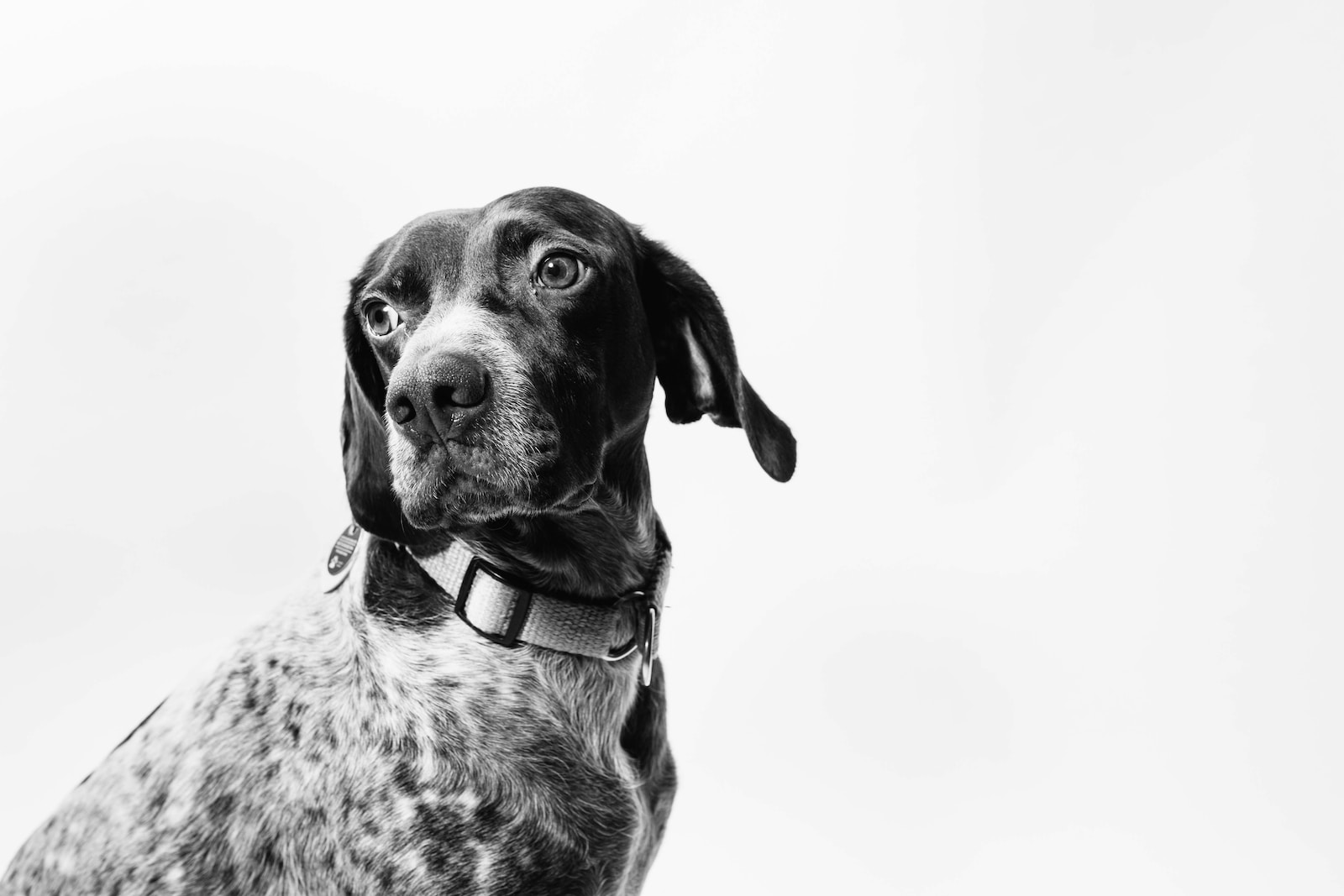Welcome to “Photographing Vintage Postcards,” the ultimate guide to capturing the beauty and essence of vintage postcards through professional photography techniques. If you have a passion for historical photography, product photography, or still life photography, this blog is for you. In this blog, we will explore the art of photographing vintage postcards, from finding the perfect lighting and angles to editing techniques that enhance the charm and nostalgia of these timeless treasures.
Table of Contents
- Photographing Vintage Postcards: Capturing the Beauty of the Past
- The Importance of Proper Lighting
- Choosing the Right Angles
- Enhance with Editing Techniques
- Photographing Vintage Postcards: Tips and Techniques
- Frequently Asked Questions
- 1. How can I professionally photograph vintage postcards?
- 2. What lighting setup is suitable for photographing vintage postcards?
- 3. How to capture the details of vintage postcards?
- 4. What editing techniques can enhance vintage postcard photographs?
- 5. Can I use a smartphone camera for photographing vintage postcards?
- Wrap Up:
Photographing Vintage Postcards: Capturing the Beauty of the Past
When it comes to vintage postcards, there is an undeniable charm and beauty that captures the essence of a bygone era. From the exquisite illustrations to the faded colors and intricate details, these small pieces of history hold a certain allure. As a photographer, it is essential to capture the unique qualities of vintage postcards in order to showcase their beauty to the world.
1. Lighting: Illuminating the Past
One of the most crucial aspects of photographing vintage postcards is lighting. Proper lighting techniques can enhance the details and textures, giving the postcards a new lease on life. When photographing, it is ideal to use soft, diffused light to minimize harsh shadows and create an even illumination. Natural light is highly recommended, but if it’s not possible, consider using a lightbox or artificial light sources that mimic daylight.
Experiment with different angles to capture the postcards in the best light. Play with shadows and highlights to bring out the depth and intricacies of the design. Avoid harsh fluorescent lighting as it can distort colors and create undesirable reflections.
2. Angles and Composition: Unveiling the Story
The angle and composition of your photographs play a significant role in telling the story behind the vintage postcards. Experiment with different angles to bring out the unique features and details. Capture shots from above, at eye level, or even from below to create variety and intrigue.
Consider using props or staging elements that complement the postcards. A vintage letter opener or an old fountain pen can add to the nostalgic atmosphere. Try different compositions, such as flat lays or vignettes, to showcase the postcards in a visually appealing arrangement.
When photographing, remember the rule of thirds and the power of negative space. This helps draw the viewer’s attention to the main subject while providing breathing room for the vintage postcards to shine.
Additionally, experimenting with different focal lengths can add depth and dimension to your photographs. A wide-angle lens can capture the entire scene, while a macro lens can highlight the intricate details.
Lastly, don’t be afraid to get up close and personal. Zoom in on the postcards to reveal the fine details, such as handwritten messages or postmarks. These close-ups provide a fascinating glimpse into the past and evoke a sense of nostalgia.
Remember, the goal is to showcase the essence and beauty of the vintage postcards while adding your personal touch as a photographer.
By paying attention to lighting, experimenting with angles and composition, and employing your creativity, you can capture stunning photographs that transport viewers to another time.
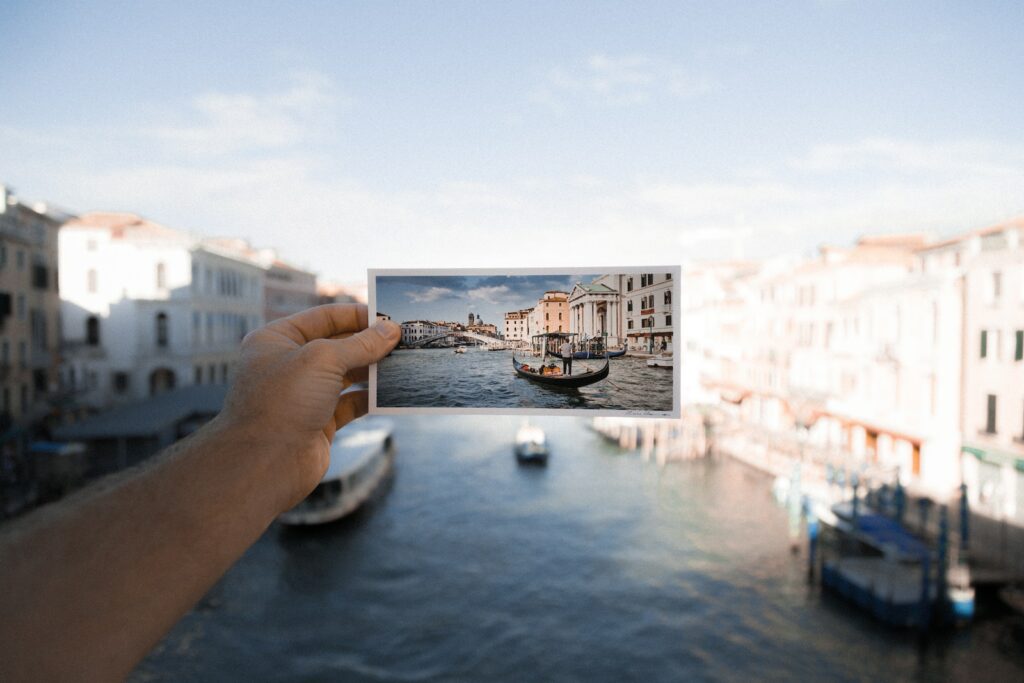
The Importance of Proper Lighting
When photographing vintage postcards, lighting plays a crucial role in highlighting their intricate details. Natural light is ideal, as it brings out the colors and textures in the postcards. Position your postcards near a well-lit window or consider using a lightbox setup for controlled lighting conditions. This will ensure that the postcards are evenly lit and the colors remain true to their original form.
The Magic of Natural Light
Natural light adds warmth and depth to your vintage postcard photographs. Time your photo shoots during the day when the sunlight is soft and diffused. Avoid shooting under harsh midday sunlight, as it can create unwanted shadows and overexposure. Experiment with different angles and positions to capture the postcards in the best possible light. Play around with translucent materials like curtains or blinds to soften the light and create a dreamy atmosphere.
Harnessing Artificial Lighting Techniques
When natural light is limited, you can bring out the best in your vintage postcards by using artificial lighting techniques. Consider investing in a photography lamp or a ring light for consistent and well-balanced illumination. These tools provide you with more control over the lighting conditions, allowing you to highlight specific details and minimize shadows. Experiment with different lighting setups to find the one that suits your postcards the best.
Choosing the Right Angles
Photographing vintage postcards requires finding the perfect angle that showcases their unique features. Experiment with various angles to capture the postcards in a visually appealing way. Try shooting straight on to showcase the artwork or explore different perspectives by capturing the postcards at an angle. Incorporating interesting angles can add depth and dimension to your photographs, making them more visually captivating.
Straight-On Shots
Take straight-on shots to emphasize the intricate details and design of the postcards. This simple yet effective approach allows the viewer to focus on the artwork without any distractions. Make sure the postcard is centered and aligned properly within the frame to maintain a clean and professional look. Use a tripod to keep your camera steady and ensure sharp, well-defined images.
Capturing Angles and Perspectives
Adding a touch of creativity to your vintage postcard photographs can make them stand out. Experiment with shooting from different angles, such as bird’s eye view or worm’s eye view. These unique perspectives can add a dynamic element to your images and provide a fresh interpretation of the postcards. Don’t be afraid to get creative and try unconventional angles to capture the essence of the vintage postcards.
Enhance with Editing Techniques
Editing is an essential step in bringing out the true beauty of your vintage postcard photographs. With various editing tools and software available, you can enhance the colors, remove imperfections, and create a consistent visual style. But remember, less is often more when it comes to editing vintage postcards. Aim for a natural and authentic look that preserves the original charm of these historical treasures.
Retouching Colors and Contrast
Adjusting the colors and contrast can significantly improve the overall look of your vintage postcard photographs. Be mindful of the postcard’s original colors and strive to maintain their authenticity. Make subtle adjustments to enhance the vibrancy and contrast, ensuring that the final result captures the essence of the postcard without distorting its historical significance.
Removing Imperfections and Dust
Vintage postcards often bear signs of age, including dust, scratches, and creases. Digital editing tools can help you fix these imperfections without compromising the integrity of the postcards. Use the spot healing brush or clone stamp tool to remove dust and scratches. Approach this process with care and precision, ensuring that you maintain the texture and quality of the original postcard.
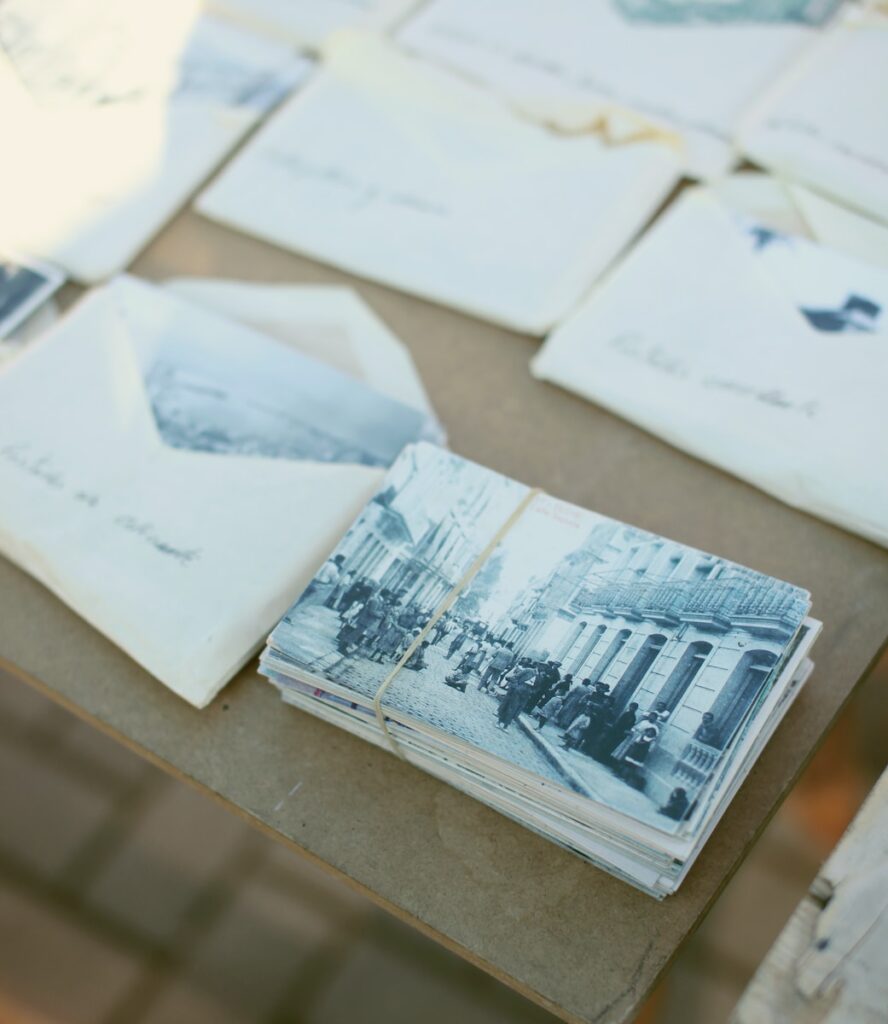
Photographing Vintage Postcards: Tips and Techniques
Photographing vintage postcards can be a challenging yet rewarding task. Capturing the essence and details of these nostalgic pieces requires careful consideration of lighting, angles, and editing techniques. In this blog, we will discuss effective methods to professionally photograph vintage postcards, ensuring their historical importance is preserved for years to come.
Choosing the Right Lighting
One of the most crucial aspects of photographing vintage postcards is lighting. Proper lighting helps highlight the intricate details and textures of the cards, creating a visually appealing image. Here are a few tips to get the lighting right:
- Set up your postcards near a large window to utilize natural light. Soft, diffused light works best for minimizing harsh shadows and reflections.
- Consider using a lightbox or a light tent to create an evenly illuminated environment. These tools help eliminate unwanted shadows and provide a controlled lighting setup.
- Experiment with the positioning of the light source to find the most flattering angle. Adjusting the height and angle of the light can dramatically enhance the details of the postcards.
Working with Angles
Choosing the right angle is paramount to showcase the unique features of vintage postcards. By selecting the appropriate perspective, you can highlight the intricate artwork, typography, and historical elements. Here are some key tips for capturing postcards from favorable angles:
- Utilize a tripod to ensure stability and precision when shooting. This allows you to experiment with different angles without compromising image sharpness.
- Try shooting postcards from various viewpoints, such as a flat lay, an angled shot, or a close-up detail. Each angle brings out different aspects of the postcard’s design and creates visual interest.
- Consider incorporating props or staging elements to add depth and context to the photograph. For example, placing vintage stamps or a magnifying glass next to the postcard can enhance the overall composition.
Editing Techniques for Enhancements
After capturing the images, it’s time to refine and enhance the photographs of the vintage postcards. Here are some editing techniques that can bring out the best in your postcard photographs:
- Adjust the brightness, contrast, and saturation levels to achieve a balanced and pleasing look. Be cautious not to oversaturate or lose the subtle colors of the vintage postcards.
- Sharpen the image slightly to enhance the fine details without making it appear artificial or overprocessed.
- Remove any distractions or imperfections using spot healing tools or clone stamp tools. However, maintain the integrity of the postcard by preserving its original features.
By implementing these lighting, angle, and editing techniques, you can capture stunning photographs of vintage postcards that honor their historical significance. Remember, practice is key to refining your skills and developing a unique style. Start exploring the captivating world of vintage postcard photography today!
Frequently Asked Questions
1. How can I professionally photograph vintage postcards?
Photographing vintage postcards professionally requires appropriate lighting, angles, and editing techniques. To achieve professional results, follow these steps:
- Set up a well-lit area using natural light or a softbox.
- Place the postcard on a clean, neutral background.
- Use a tripod to ensure stability and avoid blurry images.
- Experiment with different angles and compositions to find the best one.
- Edit the images using photo editing software to enhance colors and remove any imperfections.
2. What lighting setup is suitable for photographing vintage postcards?
The ideal lighting setup for photographing vintage postcards is to use natural light or a softbox. Natural light provides a soft and even illumination, especially when you position your setup near a window. Alternatively, using a softbox helps mimic natural light and reduces harsh shadows.
3. How to capture the details of vintage postcards?
To capture the intricate details of vintage postcards, ensure you have proper lighting, focus, and a high-resolution camera. Pay attention to the following:
- Set your camera to a high-resolution setting to capture fine details.
- Use a tripod to avoid camera shake and achieve sharp images.
- Adjust the focus manually to highlight the text, illustrations, and any unique features of the postcard.
4. What editing techniques can enhance vintage postcard photographs?
Edit your vintage postcard photographs using photo editing software to enhance the overall quality. Here are some editing techniques you can apply:
- Adjust brightness, contrast, and saturation to make the colors pop.
- Crop the image to remove any distractions and create a balanced composition.
- Remove dust, scratches, or blemishes using the clone stamp or healing brush tool.
- Sharpen the image slightly to enhance details without overdoing it.
5. Can I use a smartphone camera for photographing vintage postcards?
While smartphone cameras have advanced greatly, it is recommended to use a high-resolution camera with manual settings for photographing vintage postcards. Smartphones may not offer the same level of control and image quality as dedicated cameras. However, if you only have access to a smartphone camera, ensure you have good lighting and stable hands to capture clear and well-lit images.
Wrap Up:
In conclusion, photographing vintage postcards requires attention to detail and a passion for preserving history. By following the tips and techniques discussed in this blog, you can take your product photography skills to the next level and capture the essence of these beautifully aged treasures. Remember to consider lighting, angles, and editing techniques to bring out the best in each postcard. Whether you are an aspiring photographer or a vintage postcard enthusiast, I encourage you to practice, experiment, and share your experiences in the comments section below. Let’s keep the conversation going and continue to appreciate the art of historical photography together.
